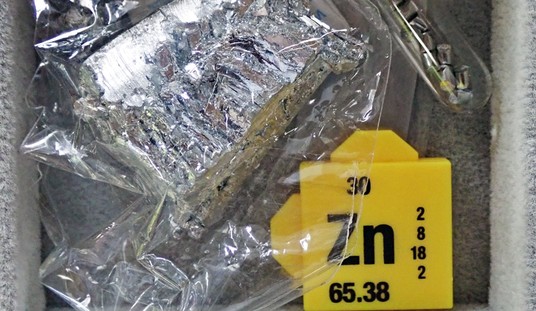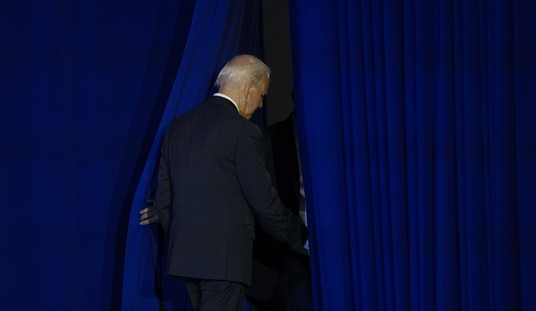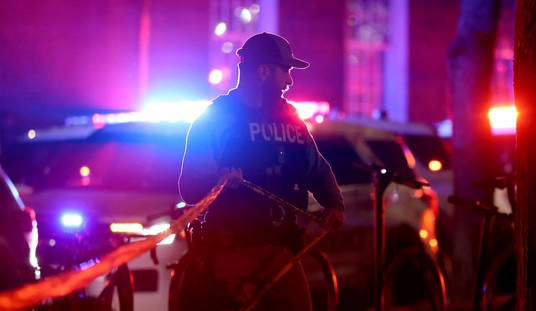Some men stand out in history, as much as anything due to their doggedness, their grim determination, and their drive to overcome any obstacle. One such man is the World War II hero, Rear Admiral Willis Augustus "Ching" Lee. World War II was the crucible of American heroism, and telling all of their stories would take a lifetime, but Admiral Lee's story is unique in one respect: He won the only battleship-on-battleship, one-on-one battle of the war, and he did it with a combination of American ingenuity, good training, and guts.
This is his story.
His Origins
Willis Lee was born on May 11, 1888, to Judge Willis Augustus Lee and Susan Lee née Arnold. Despite poor eyesight, in his youth, he was an accomplished marksman, a skill that would serve him well later in life. He entered the U.S. Naval Academy at Annapolis in 1904, where his classmates, noting his last name and a reported fondness for the Far East, dubbed him "Ching" Lee. After graduating, Lee became a battleship officer, but he returned to the Academy three times to participate on the rifle team. His marksmanship was legendary; during the Veracruz campaign in Mexico in 1914, Lee deliberately drew the fire of three Mexican snipers, engaging all three and killing them at long range with a standard Springfield rifle.
Lee served in the Great War aboard the destroyers O'Brian (DD051) and Lea (DD-118).
After the war, Lee, still in the Navy, was selected to compete in the 1920 Olympics in Antwerp, Belgium. He won seven metals, five being gold medals and one each silver and bronze, competing in marksmanship events: 50 meter small bore rifle, 300 meter Army rifle, prone, 600 meter free rifle, team free rifle at 300 and 600 meters, Team free rifle, Team 300 meter Army rifle, standing, and Team 100 meter running deer.
When Lee went back to the Navy, he put his skills at marksmanship to use in gunnery. He saw a battleship's guns as, in effect, a sniper rifle writ large and trained his crews accordingly.
Then came Pearl Harbor.
His One-Man War
Lee's great moment came in November of 1942, during the Second Naval Battle of Guadalcanal. He had been assigned command of Battleship Division 6, consisting of the fast battleships Washington (BB-56) and South Dakota (BB-57) along with four destroyers. Rear Admiral Lee made the Washington his flagship. The American task group's battlships had a technological advantage the Japanese lacked: Radar.
On November 14th, 1942, Lee found himself facing a vastly superior Japanese force in a night action, but promptly went on the attack. The Japanese destroyers, in the vanguard of their formation, made short work of the American destroyers, following which the Japanese engaged the South Dakota, which was suffering an electrical failure that made her almost helpless.
The Japanese battleship Kirishima engaged the South Dakota with torpedoes and gunfire. The American ship took at least 27 hits from 14-inch and 6-inch shells and was on fire. At this point, American PT boats, mistaking the Washington for a Japanese ship, began to engage the remaining American battlewagon. This was when Admiral Lee, facing the destruction of his task group, sent one of the most bada** signals in the history of warfare:
"Stand aside. This is 'Ching' Lee. I'm coming through."
He focused his crew's gunnery on the Japanese battleship Kirishima and in seconds proved the value of radar in gunnery. After fixing the Kirishima's position, the Washington shoveled 20 16-inch shells from the battleship's main batteries and at least 17 5-inch shells from the secondary batteries into the Kirishima, reducing the Japanese battleship to flaming wreckage.
This would be the only one-on-one, battleship-on-battleship gunnery duel of the war, won by a combination of superior technology and raw competence. Rear Admiral Lee was awarded the Navy Cross for leading the fight.
What Happened Then
In 1944, Rear Admiral Lee was promoted to Vice Admiral and placed in charge of all of the Pacific Fleet's battleships, serving as ComBatPac - Commander, Battleships, Pacific Fleet. In May of 1945, while in command of a Composite Task Force, U.S. Atlantic Fleet, researching and testing defenses against the Japanese kamikaze attacks, but ten days after the Japanese surrender, he was being ferried out to his flagship when he collapsed from a heart attack and died. He is buried, as is only appropriate, in Arlington National Cemetery.
War breeds heroes as no other human endeavor does. It's unfortunate that war has and will always be with us, but if we are to fight, we can hope for men like Willis Augustus "Ching" Lee to close with and destroy the enemy by fire, maneuver and shock effect, just as he did that dark night in 1942, off the embattled island of Guadalcanal.













